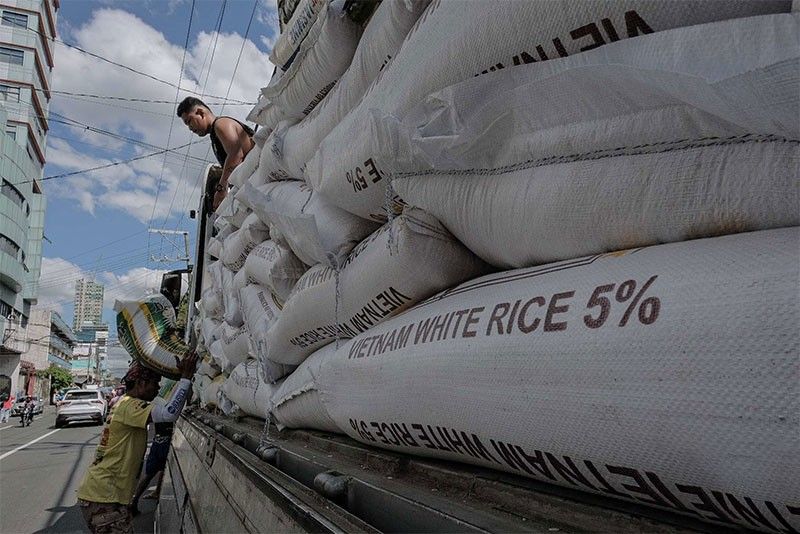Government keen on keeping rice tariff at 15%

To offset impact of weaker peso
MANILA, Philippines — The government is looking at retaining the 15 percent tariff on imported rice until the first review period in 2025 to offset the possible detrimental effects of a weakening peso on the retail prices of the commodity.
Sen. Cynthia Villar said the National Economic and Development Authority (NEDA) is recommending to keep the present rice tariff rate because of foreign exchange concerns.
Villar discussed the matter during the Senate plenary deliberations on the proposed 2025 budget of the Department of Agriculture late Monday evening. Villar is the sponsor of the DA’s budget.
The recommendation, she said, was the result of the consultations conducted by the NEDA as required under President Marcos’ Executive Order (EO) 62.
Under the EO, the tariff rate shall be subjected to a review every four months, with the NEDA submitting its findings and recommendations to the President through the Office of the Executive Secretary.
“NEDA already conducted the review and they want to maintain (the lower tariff) until the next review, which is in February,” Villar said.
“NEDA’s reason was the exchange rate. Before, it was 55 (to a dollar), but today it is now 58 to 59, which could impact rice prices. That is why they want to continue with the lower tariff,” Villar said.
The average exchange rate applied on imported rice from January to October reached 56.95 to $1, about 2.4 percent weaker than the 55.62 average exchange rate in the same period last year.
The peso closed at 58.8 to $1 on Nov. 18.
EO 62 slashed the country’s rice tariff rate to a historic low of 15 percent from the previous 35 percent rate.
Agriculture Secretary Francisco Tiu Laurel Jr. told The STAR that he supports the position of the NEDA against modifying the tariff rates at this point, as more time is needed to realize the benefits of the economic measure.
“Yes, I share the same opinion since to see the real results, we need about six months since a lot bought palay at a high price of P35 (per kilo) from July to August of this year,” Tiu Laurel said.
“They will incur losses if they will sell now. So they are trying to reduce losses as much as possible. That is why the decline in rice prices is slow,” he said.
Raul Montemayor of the Federation of Free Farmers said they are not aware of any consultations that were done in relation to the review of the 15 percent rice tariff implementation.
Montemayor pointed out that the only consultation done by NEDA with private stakeholders was last month with the goal of establishing the parameters and triggers in determining whether to adjust the rice tariff rate or not.
“There was no decision yet at that time whether to continue the lower tariff rate or not,” he told The STAR.
Montemayor urged the NEDA disclose to the public how they arrived with the recommendation of keeping the present rice tariff rate. He maintained that rice prices should have gone down already with the softening of global rice prices coupled by the tariff reduction.
“Somebody in the value chain is pocketing the P6 to P7 in savings,” he said.
- Latest
- Trending






























